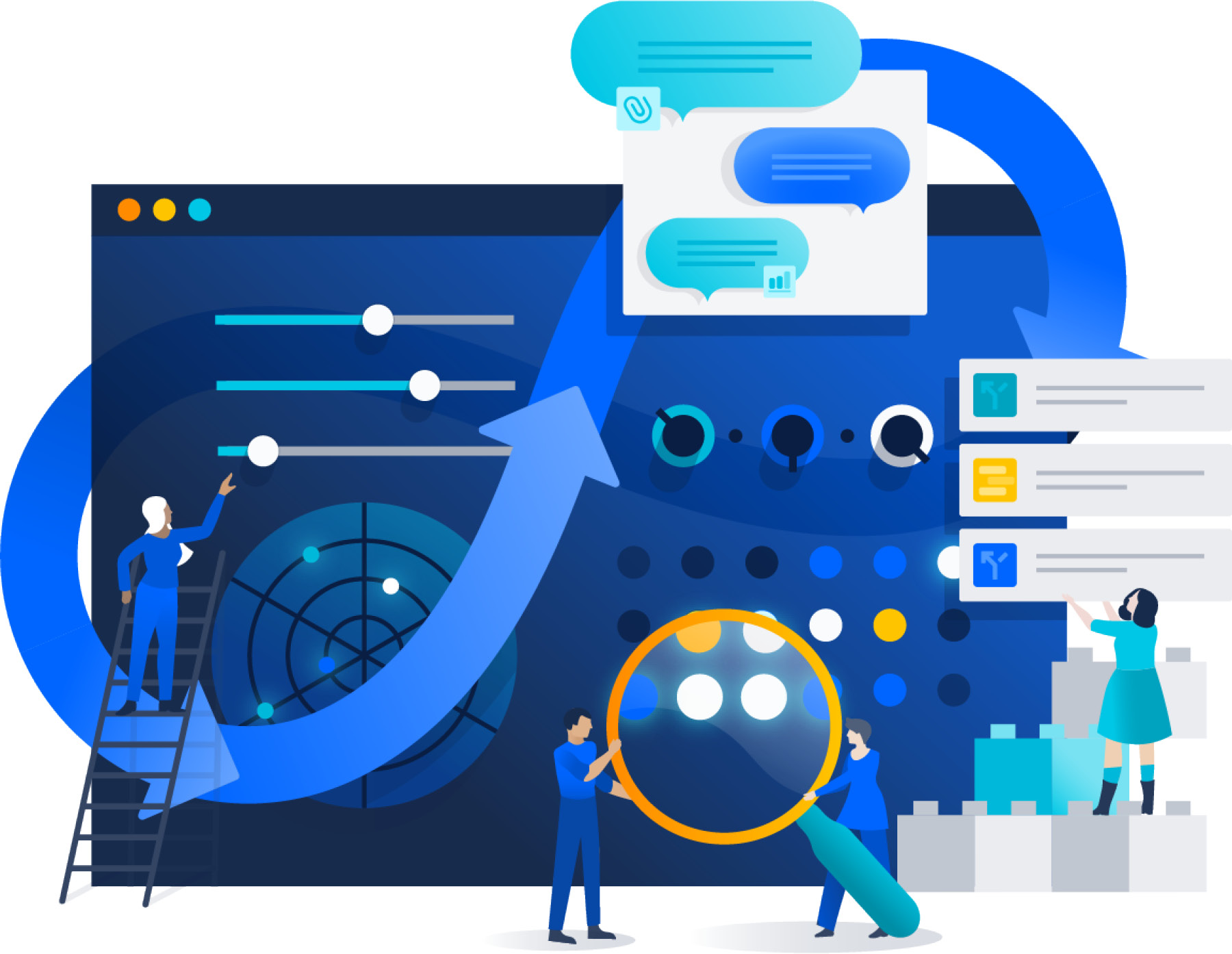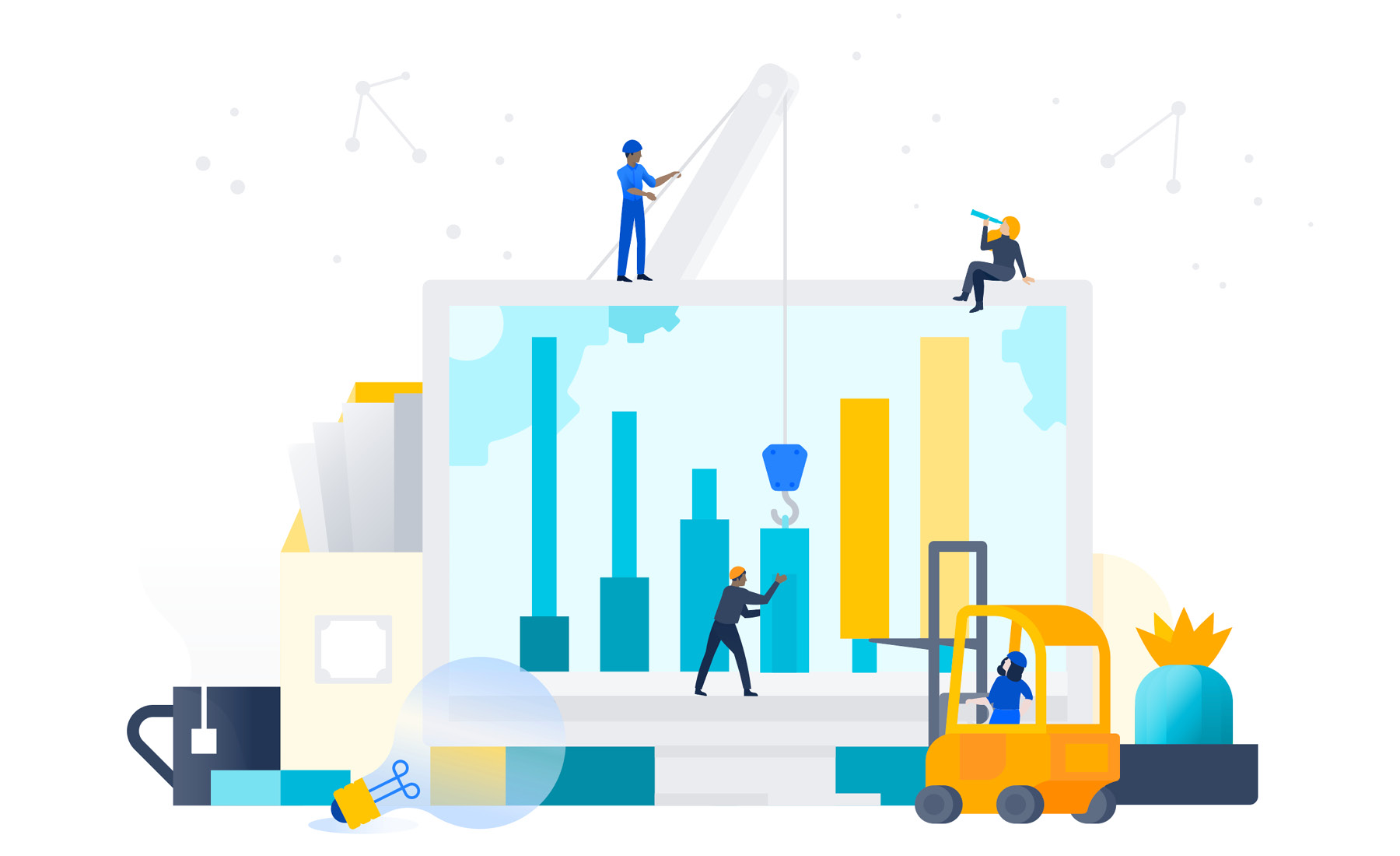Language
You can read the magazine in one of the following languages
 How you design the digital future of your company directly impacts your bottom line. Digital design thinking is a key element of innovation whether you are launching new and improved products or services, solving a current business problem, or making an existing process more efficient.
How you design the digital future of your company directly impacts your bottom line. Digital design thinking is a key element of innovation whether you are launching new and improved products or services, solving a current business problem, or making an existing process more efficient.
Here we look at how to take stock of where the market is going due to potential disruptors or changing consumer demands and reveal how to use data effectively to ensure the strategic use of new technologies that will drive revenue.
Digital design thinking is a strategy-making process that aims to avoid mistakes by applying tools from the world of design and shifting the focus to human behavior and customer experience – designing for the user.
There are three main stages: inventing for the future, understanding customers and their behavior through their experience; testing ideas out, making bets and using experiments to collect rapid customer feedback; and bringing the product to life.
Experiments are an empirical, data-driven way of planning and understanding our work. To understand how enterprise customers utilize their data to make better and faster decisions, Atlassian commissioned research from Forrester Consulting based on the experiences of key Jira Align customers.
Jira Align is a full-featured, enterprise agile planning tool designed to help organizations align the work of their business and technology teams to their business strategy.

With Jira Align, organizations can more accurately plan and deliver work, and measure the outcomes of that work, enabling them to make smarter, nimbler decisions about where to invest their resources to drive customer outcomes.
Forrester’s ‘Total Economic Impact of Jira Align’ report showed that better product investment decisions reduced waste and led to nearly US$6.8 million in benefits over three years. Using Jira Align, the interviewees’ organizations developed processes for making objective decisions based on up-to-date data.
They were able to make better decisions about whether to persevere, pivot, or double down on in-flight technology initiatives based on their understanding of their customers’ behaviors.
Managing work without data and relying on opinions requires a significant cognitive load and causes teams distress when they get it wrong. Tying data to experiments and supplying teams with fast feedback on their experiments supports human decision-making.

When leaders and teams are able to see all available options they can make better decisions on prioritization, sequencing, and investments. But these complex scenarios are difficult to visualize without cross-departmental insights and aligning the enterprise ways of working.
A digital transformation manager working in banking said: “[With Jira Align,] we can create reports for legal, risk, and finance and still maintain agile principles and agile values. Our teams are working on the highest-value, highest-priority work for customers.”
Using data effectively in this way means everyone can focus on the business problems and goals they share – it connects strategy to execution.

More data than ever before is available to leaders and teams, but data is worth nothing until it’s turned into actionable insights.
By setting goals in the form of objectives and key results, leaders can connect strategy to execution and specific work being done by their teams. Aggregating team-level data enables leaders to access insights into financials & spend, dependencies, risks, and delivery timescales.
As an agile transformation manager put it: “Teams are more focused on the work in front of them rather than overhead, and they are working on the right things. [Jira Align] helps us see, and track, what people are working on and roll that up to different levels.”

Just building the right thing is not enough. Teams need to build the right product in the shortest possible time to beat the competition.
They must balance effectiveness with efficiency to accelerate the flow of valuable changes to customers. They need to see the work to be able to identify areas of improvement and where delays are impacting high-velocity delivery.
The Forrester Consulting ‘Total Economic Impact of Jira Align’ report showed that time-to-market was cut by 50 percent for the most complex projects with Jira Align. It facilitated better planning, better dependency management and better coordination across teams – it made work visible.

The Forrester Consulting ‘Total Economic Impact of Jira Align’ report also showed the following improvements: project, product, and program managers realized overall time savings of up to 70 percent; development team productivity increased by 10 percent; improved employee experience and morale; and improved collaboration with other departments including those other than technology.
Jira Align makes it possible for leaders to measure progress of a transformational journey. It surfaces successes and highlights teams’ local discoveries so that leaders can make global improvements.
It’s a central source of truth that brings everyone together to collaborate on shared business goals, making your digital future happen sooner.
As the Head of Enterprise Agility, Natalia Baryshnikova empowers the world’s largest organizations on their journey to agile transformation, business efficiency and connecting strategy to execution.

